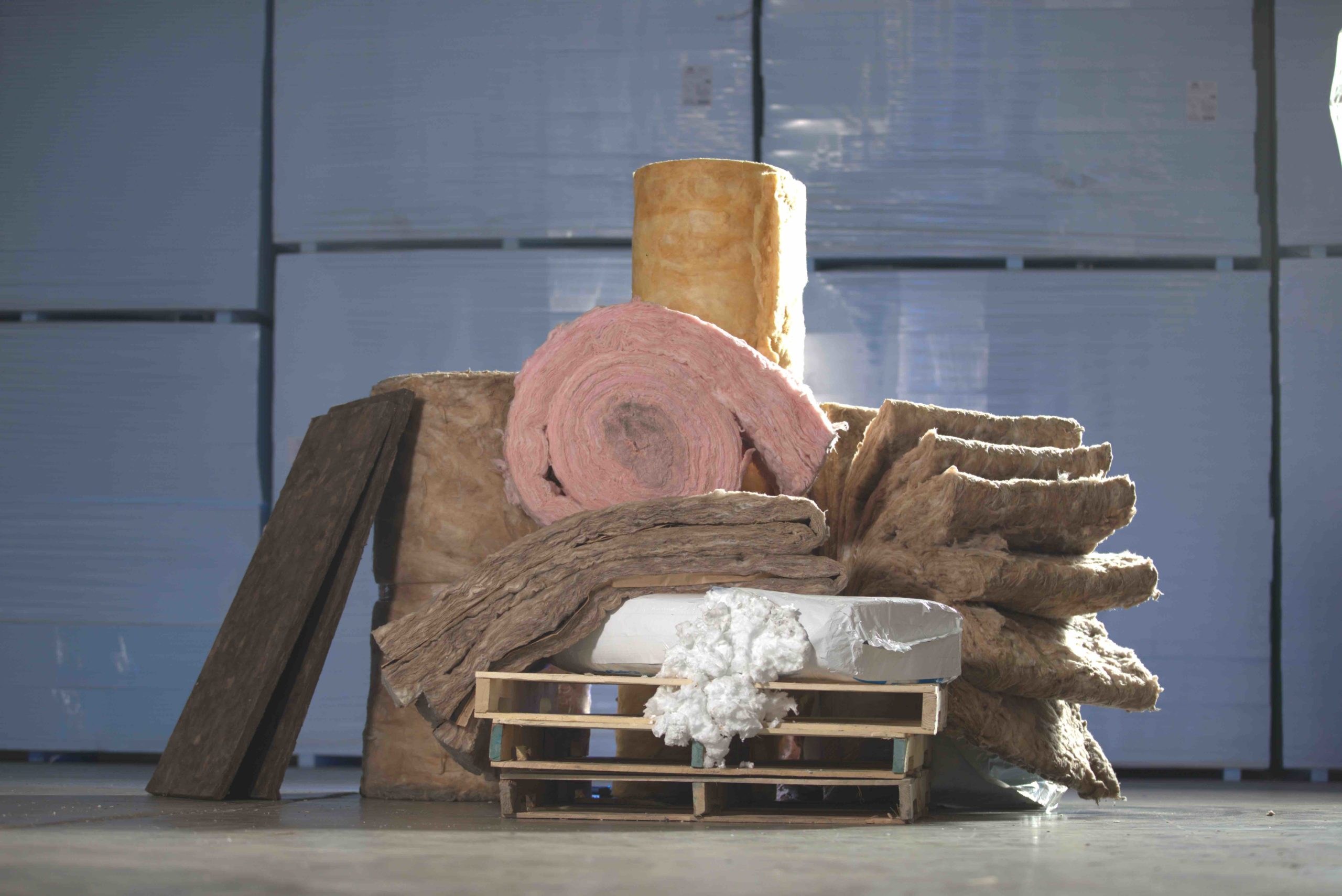When adding more insulation to an attic that already has insulation use unfaced insulation.
Faced or unfaced insulation in attic knee walls.
Probably in more place than you think.
When local building codes require a vapor retardant faced insulation is one of the best options.
Any time you use a faced insulation the paper needs to be facing toward the living space.
You should only use faced insulation as the first layer of insulation.
The advice seems to be all over the map.
Kraft faced insulation should be installed in exterior walls exterior basement walls and attic ceilings by pressing the product into the wall cavity with the paper side.
Should i use a triangular approach putting batts on the attic floor wall and rafters.
The kraft paper on one side of faced insulation keeps moisture from spreading throughout the walls or ceiling.
Faced or the type with paper is typically used in first time applications such as in walls ceilings floors and in crawl spaces.
Kraft faced insulation includes a paper vapor retarder which helps prevent mold and mildew.
It means ensuring that it s the right product for your space.
For many contractors the decision to use one kind of insulation over the other depends solely on preference rather than a by the book decision making process.
If the attic doesn t have any existing insulation use faced insulation with the paper facing toward the heated living space.
Insulation being unfaced doesn t mean it s a bad choice.
Unfaced batt insulation is often used for beefing up the r rating with the r rating being the insulation rating scale that says how much or how effective insulation needs to be in that space.
To make things safe cover your unfaced insulation with drywall to prevent the risk of a fire.
Whether you choose faced or unfaced insulation for the attic depends on the.
So in an attic the paper faces downward and in a crawl space it faces upward.
Facing is a thin layer of paper or plastic attached to one side of batting insulation which is sold in a roll.
What happens then is that the batts don t make contact with the air barrier the drywall air moves through and around them and they fall out of the attic kneewall.
It is a non ventilated space so i am concerned about mold.
The same applies to faced unfaced and other kinds of insulation products.
That would seem to cover everything but i have also read that you shouldn t insulate the rafters should i use faced or unfaced batts does it really.
Unfaced insulation the type without paper is what you would use if you are adding insulation to your attic or to place between floors when living space is above and below.
The problem with many kneewalls is that they have fiberglass batt insulation with nothing covering them on the attic side as shown in the photo below.
In addition to walls and attics insulation should be installed in ceilings with unheated spaces basement walls floors above vented crawl spaces cathedral ceilings floors over unheated garages or porches knee walls and in between interior walls especially bathrooms as well as ceilings and floors.

